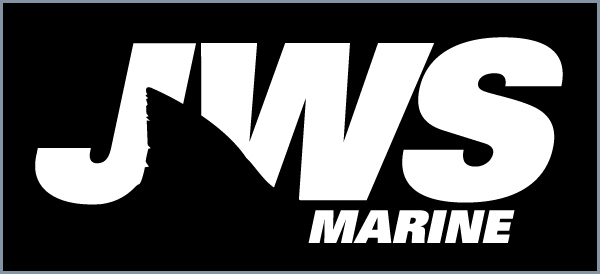In 1946, 33 years after the year she was built, the ferry boat Dawn was scuttled in the dark and cold waters of Lake Washington. Her 94ft predecessor, the Cyrene had served the people of Seattle and the Eastside for more than 20 years, but in 1914 she was showing her age and was ready to be replaced.
Captain John L. Anderson, the Cyrene’s owner, had owned and operated boats on Lake Washington since the late 1800’s. Purchased in 1907, Anderson also owned the Lake Washington Ship Yard in Houghton (present day Kirkland). His vessels became the best known and most well used boats operating on the lake.
In 1913 Captain Anderson was traveling in Europe and saw boats that were different than what was currently running on Lake Washington. He was intrigued by their design and felt he could build a similar boat that was capable of increasing ferry traffic on the lake. So on his return that same year, Anderson built the Dawn to replace the Cyrene, and its design was based on memories of those boats he saw while traveling abroad.
The Dawn’s purpose was to ferry passengers from Leschi Park to Mercer Island, including both commuters and students. The fair was 25cents round trip with a commuter 10 trip ticket priced at $1.00 – a 20 trip ticket for school children also sold for a $1.00.
The Dawn was 55 feet long, able to carry 250 passengers and weighed 75 tons. Her steeple compound steam engine was a small but very powerful, and she was able to operate with a crew of just one or two. Streamlining her short length and broad beam was nearly impossible, so she was built with a square stern – which gave rise to a false story that she was a sawed off section of a larger boat. In truth, she was designed for economy and effectiveness, not beauty.
Her insides were described for the Mercer Island Reporter in 1961 by Virginia Ogden Elliot; “Inside the Dawn was divided… into three parts. The inside cabin for the women, children, and transient travelers; the outside and upper decks for the teenagers and the engine room for the men. The engine room, which was on the way to the cabin, had benches around both sides of the engine, and behind the boxed-in warm boiler.” She said, “These seats were the men’s property and the smoking section – no woman was bold enough to smoke on the boat in those days.” “Behind the hooded boiler in the warmest spot crowded the teenagers, all giggles, scuffling, and chewing gum.”
Frank Gilbert, one of her builders, and then later her pilot and skipper of 22 years, knew her better than anyone and felt she was one of the most reliable and seaworthy boats of its time. In 1957 he was quoted in the Seattle Times as saying, “The old Dawn is rightfully called ‘Queen of the Lake,’ because in rough weather when Captain Anderson’s other ferries have had to tie up, the Dawn has just kept chugging along, going about her business as if the lake were calm as glass. She’s a seaworthy old girl.”
Despite her seaworthiness, on Christmas Eve 1924 under a reported 80 mile an hour gale, the Dawn broke her mooring lines and sunk. She was raised, repaired and put back to work for another 14 years before she was retired 1938. Two years later in July of 1940 the I-90 Bridge was complete. Able to carry thousands of drivers across the water and saving them close to an hour of commute time, the bridge put the ferries of Lake Washington out of a job. The Dawn lived her last days above water docked at Rainier Beach before she partially sunk again. Worried she posed a hazard to the community, in 1946 the Seattle City Council contracted to have her towed out to the middle of the lake and sunk.

